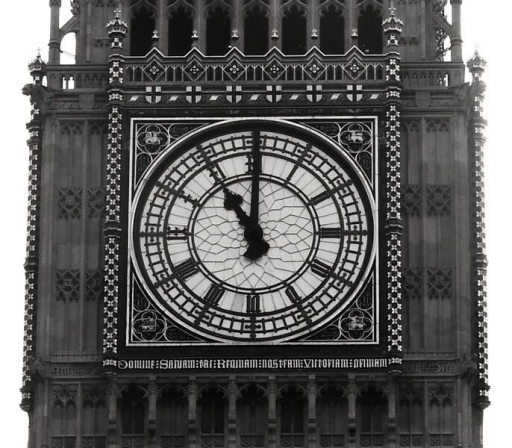A Centenary News summary of major anniversaries that shaped 1918, the final year of the First World War – and news of some of the 2018 event programmes announced so far.
January 8
President Woodrow Wilson sets out the Fourteen Points, a statement of principles for an enduring peace after WW1. It includes commitments to national self-determination and collective security through a new association of nations.
February
War briefly resumes on the Eastern Front. Angered by German territorial demands, the revolutionary Russian government’s Foreign Commissar, Leon Trotsky, baulks at signing a peace agreement with the Central Powers. German troops advance rapidly, encountering no Russian resistance.
March 3
The Brest-Litovsk Treaty formally ends Russia’s involvement in the First World War. The Bolsheviks are forced to give up large areas of the former Tsarist empire, including Ukraine, Poland and the Baltic provinces of Estonia, Latvia and Lithuania. Lenin orders the signing of this ‘shameful peace’ to save the revolution.
March 21 – Germany’s Spring Offensive
Start of Germany’s Spring Offensive on the Western Front, also known as Die Kaiserschlacht and Operation Michael. The German armies in France – reinforced by newly-arrived troops from the former Eastern Front – threaten to split outnumbered British and French forces in a renewed battle on the Somme.
March 26

The hôtel de ville, town hall, in Doullens, where French and British commanders met to agree a joint response to the German onslaught in spring 1918 (Photo: Centenary News)
Under severe German pressure the Allies agree to appoint a single ‘commander-in-chief’ for the first time to coordinate operations. The French general, Ferdinand Foch, is put in charge of co-ordinating operations after emergency talks in the town of Doullens.
April 1
Britain creates the Royal Air Force by amalgamating the Royal Flying Corps and the Royal Naval Air Service. The RAF was the world’s first independent air force.
April 9
The focus of the Germans’ Western Front offensive switches to the border regions of France and Belgium as momentum is lost on the Somme. A small force of Portuguese troops supporting the British army is caught in the German advance near Neuve Chapelle.
April 11
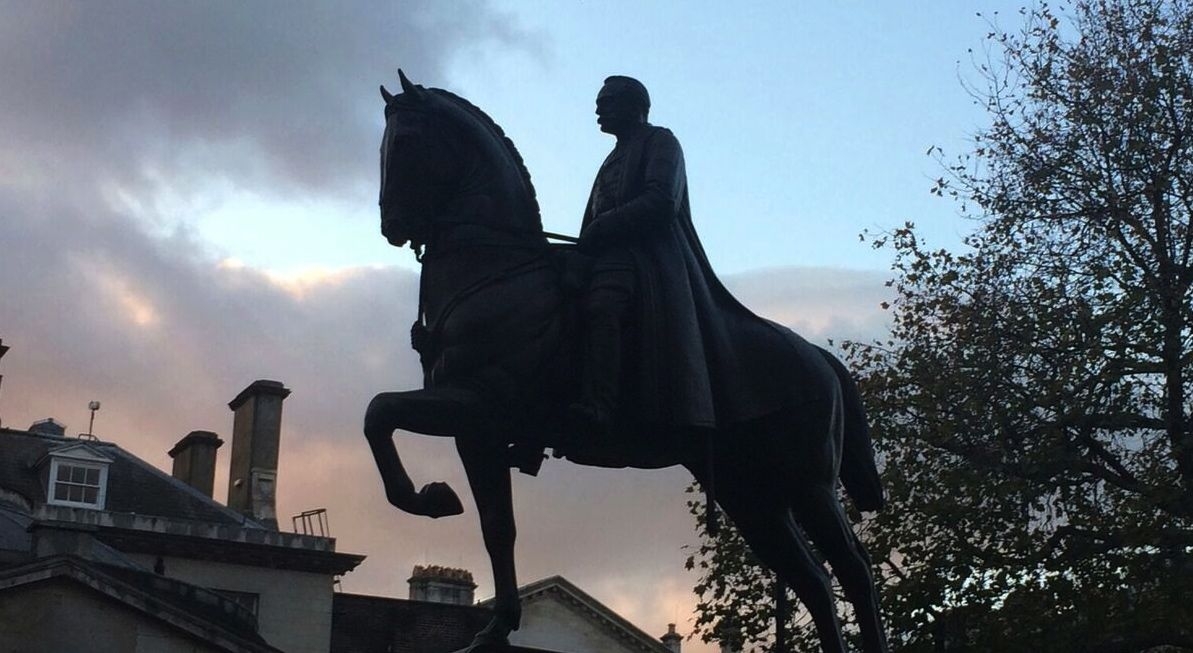 Field Marshal Sir Douglas Haig, issues his ‘Backs to the Wall’ order to rally British troops, as the Germans push into Belgium, recapturing Messines, threatening Ypres and the Channel ports. He orders every position to be held to the last man: “With our backs to wall and believing in the justice of our cause each one of us must fight on to the end.”
Field Marshal Sir Douglas Haig, issues his ‘Backs to the Wall’ order to rally British troops, as the Germans push into Belgium, recapturing Messines, threatening Ypres and the Channel ports. He orders every position to be held to the last man: “With our backs to wall and believing in the justice of our cause each one of us must fight on to the end.”
To shorten their line, the British withdraw from Passchendaele ridge, captured at enormous cost just five months earlier. French troops are sent to help reinforce Flanders.
April 21
Manfred von Richthofen, the German fighter pilot known as the ‘The Red Baron’, is shot down and killed over the Somme.
April 23
The Zeebrugge Raid – the British navy carries out a surprise attack on the Belgian coast, attempting to seal off German U-boat bases by sinking blockships at Zeebrugge and Ostend harbours. Although unsuccessful, the raid was remembered as one of the most daring operations of the Great War. Eight Victoria Crosses were awarded.
April 25
On the Somme, Australian forces recapture the town of Villers-Bretonneux from German troops attempting to advance on Amiens, a crucial transport hub for the Allies.
April 29
Despite repeated German blows in Flanders, the British and French hold the line, forcing General Erich Ludendorff to call off his offensive on this sector of the Western Front.
May 7
Romania agrees a peace treaty with the Central Powers, having already lost Bucharest and most of its territory since entering the war on the Allied side in August 1916. The Treaty of Bucharest will be nullified by the November 1918 Armistice ending WW1.
May 27
The Germans renew their attacks, this time on the River Aisne, scene of earlier battles for the Chemin des Dames Ridge in 1914 and 1917. The aim is to stop the French reinforcing the British in Flanders. They push towards Paris before being held on the Marne at Château-Thierry.
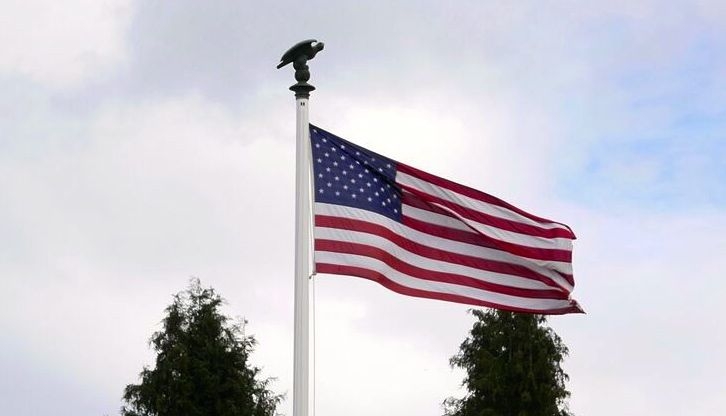
June 4
Faced with heavy casualties and shortages of men and supplies, General Ludendorff calls a halt to the Aisne/Marne offensives. Instead, new attacks are ordered further north along the River Matz in an attempt to strengthen the German line.
June 15
Austria-Hungary launches what will be its last major operation of the Great War, launching a twin-pronged attack, starting from the River Piave, and the Asiago plateau. The aim is to advance on the cities of Verona and Padua. But Italian counter-attacks, supported by British and French troops, force back the Austro-Hungarian armies.
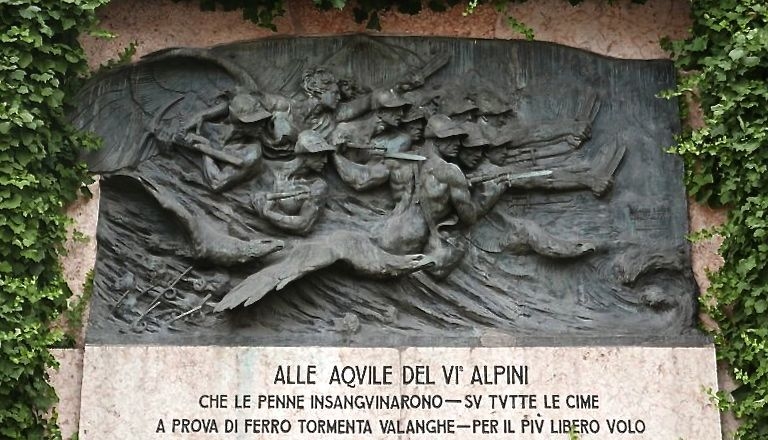 Memorial to the 6th Alpini Regiment, Verona (Photo: Centenary News)
Memorial to the 6th Alpini Regiment, Verona (Photo: Centenary News)
July 1
Britain suffers one of its worst disasters on the home front, when 134 workers are killed in an accidental explosion at Chilwell munitions plant near Nottingham.
July 8
Germany’s foreign minister, Richard von Kühlmann is forced to resign, after warning that the war cannot be ended by ‘military decision alone.’
July 15
The Germans begin their fifth offensive of the year, attacking in Champagne, again with the aim of drawing Allied reserves away from Northern France and the Channel Ports. But intelligence has alerted the French to Ludendorff’s intentions, and with British and American support the Germans are forced back from the Marne. From now on, the German armies will be on the back foot.
July 17
Amid civil war in Russia, the former Tsar and Tsarina, Nicholas and Alexandra, together with their five children are executed by their Bolshevik guards at Ekaterinburg in the Urals.
August 8 – Battle of Amiens & the Hundred Days Offensive
‘The Black Day of the German Army’: British-led forces go on the attack at the Battle of Amiens, pushing forward eight miles in a single day, supported by artillery and hundreds of tanks. It is the beginning of an advance across the former Somme battlefields to the Hindenburg Line. In a sign of sagging morale, thousands of German soldiers are taken prisoner. For General Erich Ludendorff, August 8 is ‘The Black Day of the German Army.’
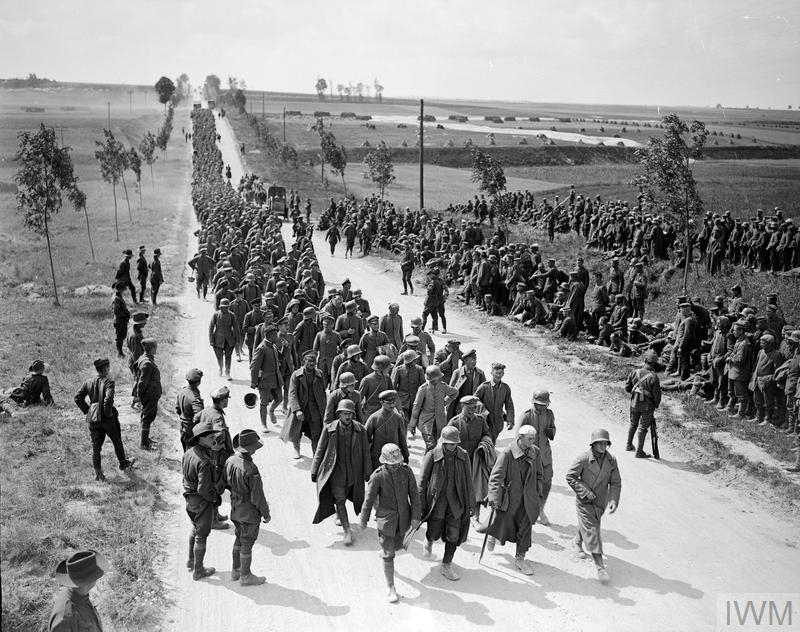 German prisoners-of-war arriving at a temporary camp near Amiens, 9 August 1918 (Photo © IWM Q 9193)
German prisoners-of-war arriving at a temporary camp near Amiens, 9 August 1918 (Photo © IWM Q 9193)
September 12
The first American-led attack of the Great War is launched on the St Mihiel Salient near Verdun, which has been in German hands since 1914. Resistance to General John Pershing’s forces collapses on the first day.
US attention then switches to the Meuse-Argonne offensive at the end of September, part of Allied plans to drive the Germans from the Hindenburg Line. This clash, north of Verdun, will be America’s biggest and bloodiest battle of the First World War.
September 15
Allied forces on the Salonika, or Macedonian Front begin their final offensive against Bulgaria, under a new commander, the French general Louis Franchet d’Esperey. Two weeks later, Bulgaria is the first of the Central Powers to accept defeat, signing an armistice on September 29 just as hostilities on the Western Front are reaching a critical moment for Germany.
September 19-25
British-led forces in Palestine, under General Sir Edmund Allenby, achieve a decisive victory over the Ottomans at the Battle of Megiddo, clearing the way for the capture of Damascus and the end of the Palestine campaign.
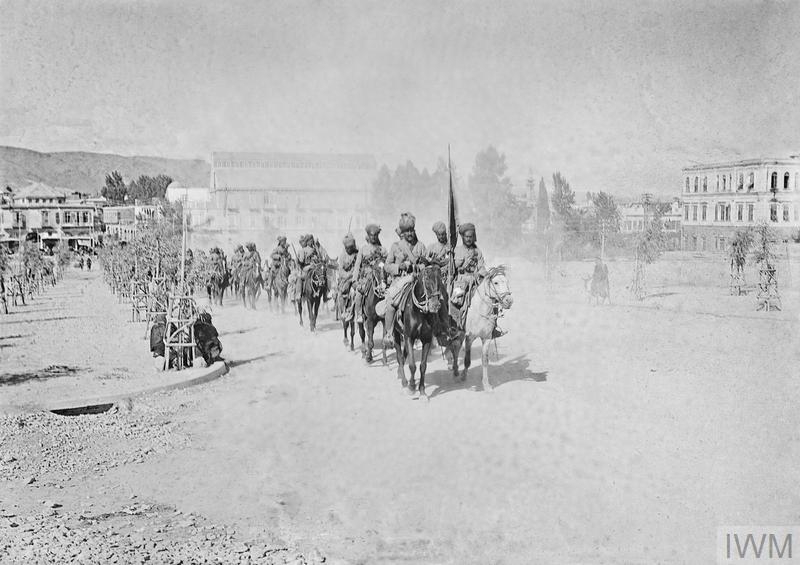
Indian cavalry (9th Hodson’s Horse Regiment) march through Damascus. The city fell on 1 October 1918 to the Desert Mounted Corps, an Allied force commanded by the Australian general, Sir Harry Chauvel. Aleppo was captured three weeks later (Photo © IWM Q 12387)
September 27-October 4
A series of Allied offensives in Northern France breach the fortified Hindenburg Line, forcing a political shake-up in Germany. With Ludendorff now backing an approach for peace terms, based on Woodrow Wilson’s Fourteen Points, a new Chancellor is appointed by the Kaiser in the hope of achieving a favourable outcome. Prince Max of Baden is chosen for his liberal reputation.
October 24-November 3
One year on from Caporetto, Italy avenges its defeat with victory over the forces of the crumbling Austria-Hungarian Empire at the Battle of Vittorio Veneto.
A provisional government of the South Slavs has already been formed by Serbs, Croats and Slovenes in the future Yugoslavia.
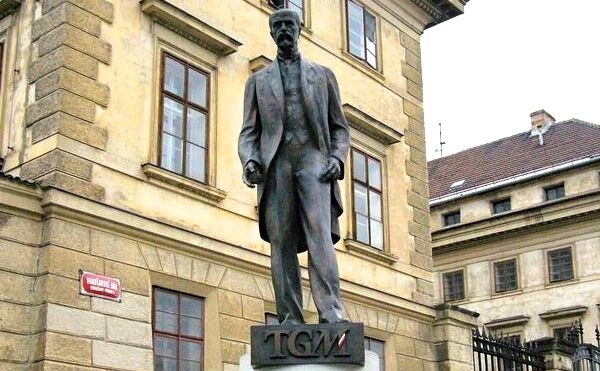
October 26
Erich Ludendorff, mastermind of some of the greatest German successes of the First World War, is dismissed as he prepares to continue the fight against the Allies.
German troops still resist as they fall back across Northern France and Belgium, pursued by the British, French, Americans and Belgians. On November 4, British war poet Wilfred Owen is killed at the crossing of the River Sambre.
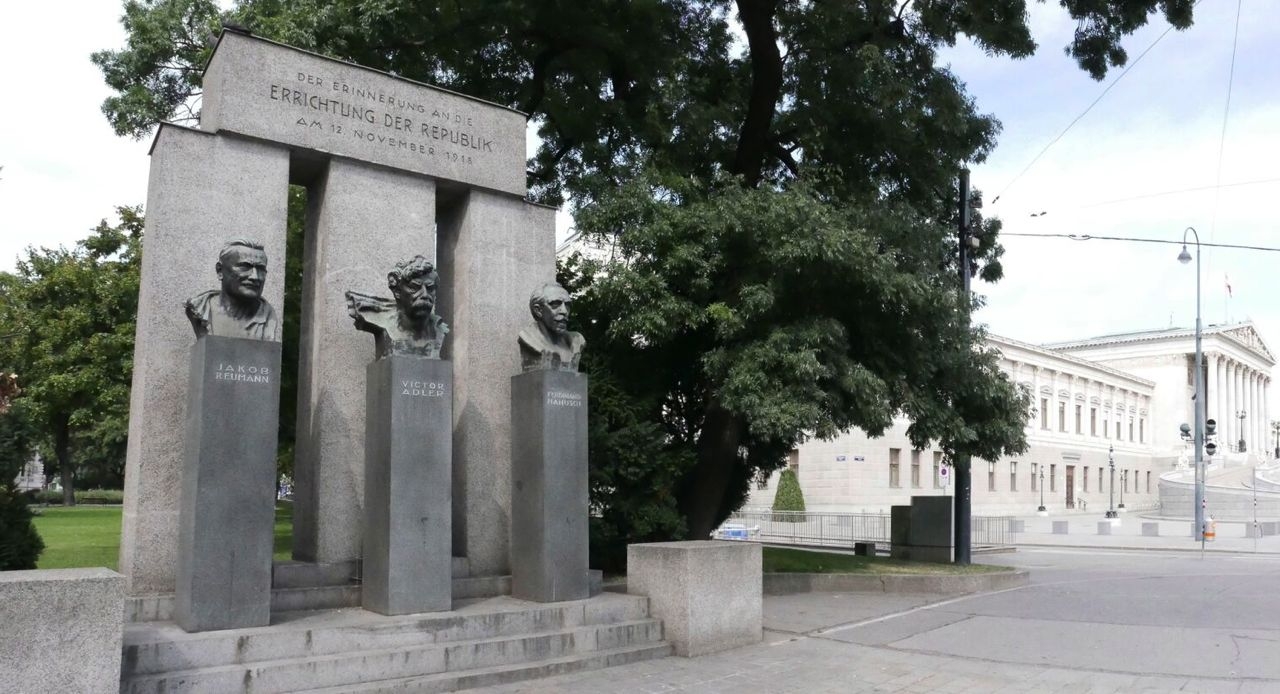 Monument next to parliament in Vienna commemorating the foundation of the Austrian republic in November 1918 (Photo: Centenary News)
Monument next to parliament in Vienna commemorating the foundation of the Austrian republic in November 1918 (Photo: Centenary News)
October 30
Crews of the German High Seas Fleet defy an order to sail for a final battle against the British navy. They take control of the port of Kiel, forming joint councils with disaffected workers to demand revolution.
November 7
Amid fears of revolution in Germany, political leaders warn Kaiser Wilhelm II that he will have to abdicate. A German delegation travels to Compiègne for armistice talks with Marshal Foch, the Allied Commander-in-Chief. Premature reports spread of a ceasefire agreement – this is the false armistice.
November 9
Kaiser Wilhelm – who’s at German military headquarters in the Belgian resort of Spa – gives up his throne after being told that the army will no longer fight for him. The next day he leaves for exile in the Netherlands.
November 11
The Armistice is signed at 5am on Marshal Foch’s train in the forest of Rethondes. It comes into effect at 11 o’clock, ending the Great War. Beforehand, Canadian troops fight their way into Mons, where British troops had been forced to retreat in August 1914. Private George Price, a Canadian soldier, is killed by a German sniper moments before the ceasefire comes into effect.
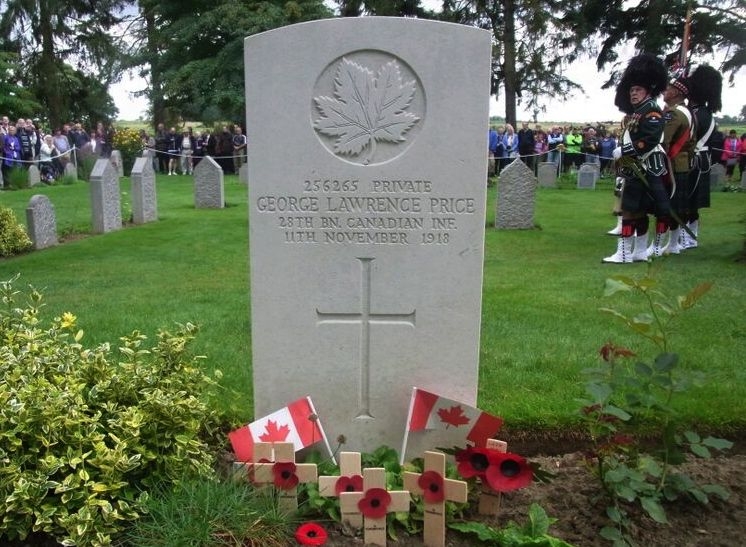 Private George Price’s grave at CWGC St Symphorien Cemetery in Mons. This picture was taken at commemorations on 23 August 2014 marking the 100th anniversary of the Battle of Mons in 1914 (Photo: Centenary News)
Private George Price’s grave at CWGC St Symphorien Cemetery in Mons. This picture was taken at commemorations on 23 August 2014 marking the 100th anniversary of the Battle of Mons in 1914 (Photo: Centenary News)
See also in Centenary News: ‘How 1918 unfolded – Year of Decision in the Great War’.
Compiled by: CN Editor
Images courtesy of Imperial War Museums, © IWM Q 9193 (German POWs), © IWM Q 12387 (Damascus); Centenary News
